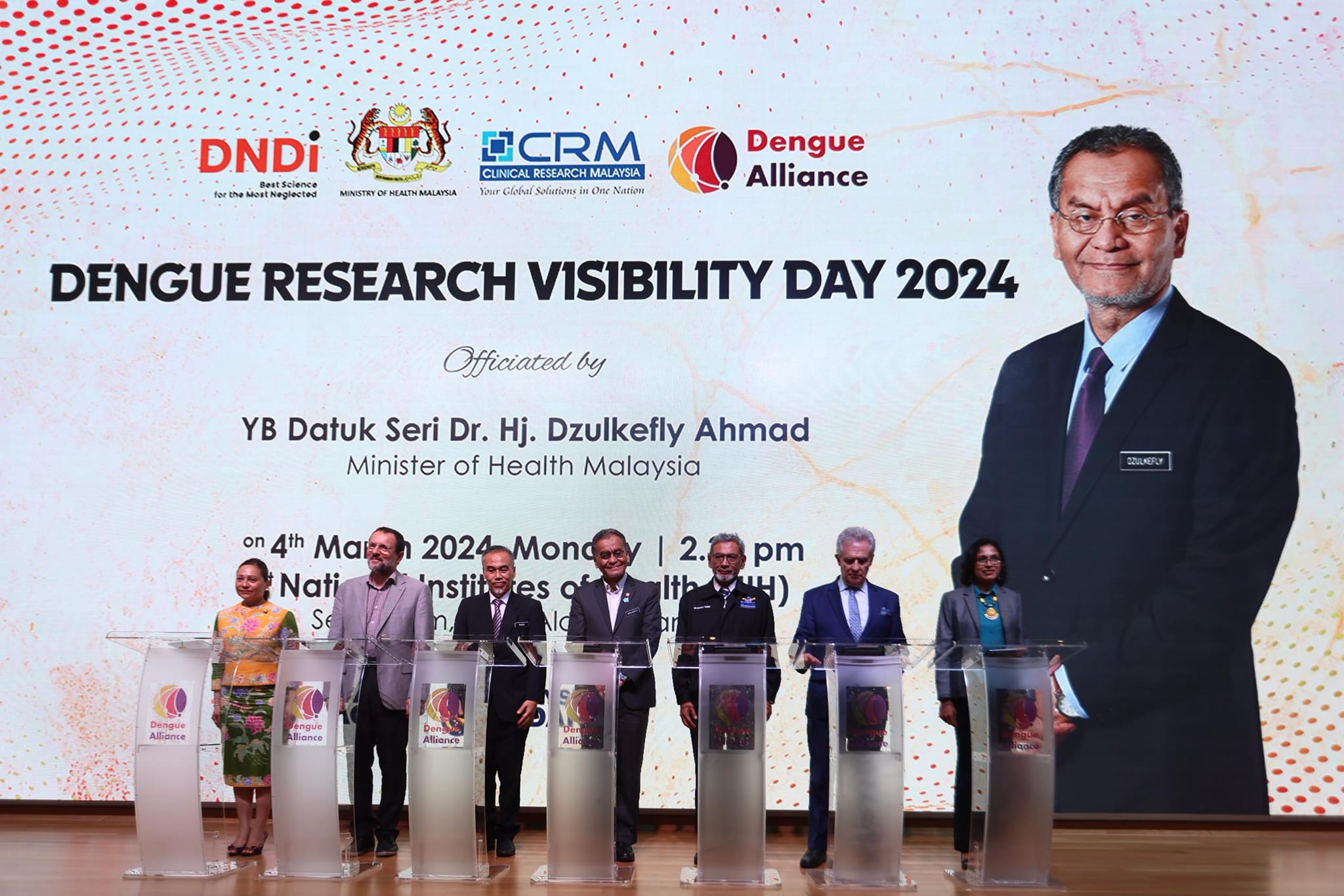In response to CodeBlue’s article on March 27 regarding the moratorium on new clinical research centres (CRCs), the Ministry of Health (MOH) expresses appreciation for highlighting the significance of clinical research in Malaysia.
We are grateful for CodeBlue’s acknowledgment of the 37 existing CRCs within the MOH in our country. Each of these centres symbolises a beacon of progress, with an average of two to three CRCs established in every state.
This robust infrastructure has effectively met the demands of clinical research over the past decade, resulting in remarkable achievements in terms of conducting clinical trials and making substantial contributions to our nation’s Gross National Income, amounting to RM1.025 billion between 2012 and 2022 as reported by the Clinical Research Malaysia (CRM).
Nevertheless, it is important to note that every country faces the challenge of optimising health care resources. With that in mind, we would like to share the genuine intention behind the moratorium, one that reflects our steadfast dedication to health care excellence while nurturing the growth of clinical research.
This moratorium signifies a proactive step by the MOH to bolster our research capacity. It is about refining operations, enhancing efficiency, and ensuring that our current CRCs are operating at their fullest potential.
By doing so, we create a conducive environment for conducting clinical trials, whether they are industry-sponsored or investigator-initiated. This empowers our dedicated research teams to align seamlessly with patient needs and health care priorities.
Moreover, we must acknowledge the nuanced challenges faced by individual CRCs. Not every hospital hosting a CRC is equipped to conduct extensive clinical trials due to various constraints, such as limited patient pool and the absence of specialty services.
Therefore, a thoughtful pause on establishing new CRCs is not about impeding progress, but about optimising our existing resources for maximum impact.
It is also true that we have recently mobilised CRC staff to assist in high-traffic hospital areas, especially emergency departments. However, this decision underscores our holistic approach to health care.
It demonstrates our commitment to understanding patient needs firsthand, which is crucial for researchers.
Moreover, it is noteworthy that clinical trials in Malaysia are primarily led by clinicians who are actively engaged in daily clinical activities. Therefore, this strategy clearly serves as a catalyst for even stronger clinical research outcomes, rather than a stumbling block.
Furthermore, our focus on strengthening existing CRCs does not neglect the health care needs of smaller districts. In fact, our CRCs are not confined to secondary and tertiary hospitals, but extend their reach to primary care and public health settings, ensuring inclusivity and comprehensive research coverage.
As we move forward, the MOH remains committed to advancing research capacity and maintaining meaningful partnerships with stakeholders, including CRM and the pharmaceutical industry.
The moratorium is a dynamic measure, open to periodic review and adjustments. This decision demonstrates our agility and dedication to a balanced approach that serves both research excellence and health care delivery.
We invite the public to join us in embracing a positive and constructive perspective. Together, we can continue to excel in research while delivering the best possible care for our people, ensuring a brighter and healthier future for all.
- This is the personal opinion of the writer or publication and does not necessarily represent the views of CodeBlue.






